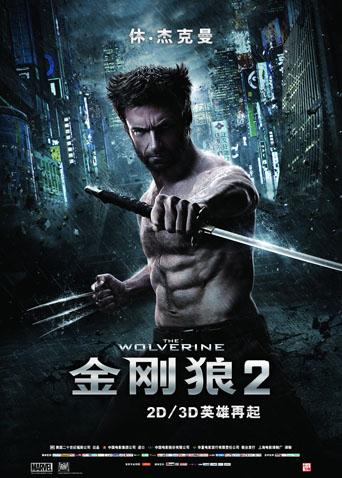在伦敦郊区,生活着一对葡萄牙夫妇贝拉、若塔和他们的三个孩子。作为移民家庭,他们需要非常努力才能维持生计,但是他们的聋哑女儿在学校因为误会遇到了一些麻烦,英国社会服务机构开始担心起他们孩子的安全。《倾听》讲述了移民父母为了让家人团聚而与法律进行不懈斗争的故事。
在伦敦郊区,生活着一对葡萄牙夫妇贝拉、若塔和他们的三个孩子。作为移民家庭,他们需要非常努力才能维持生计,但是他们的聋哑女儿在学校因为误会遇到了一些麻烦,英国社会服务机构开始担心起他们孩子的安全。《倾听》讲述了移民父母为了让家人团聚而与法律进行不懈斗争的故事。


回复 :
回复 :讲述了武当派张翠山之子张无忌无意中卷入屠龙刀而起的江湖纷争之中,因缘际会练就一身盖世武功,主要是明教和中原武林之争及起义军和腐朽朝廷之间的对抗。
回复 :转自:http://www.filmlinc.com/nyff/2010/views-from-the-avant-garde-friday-october-1/views-from-the-avant-garde-jean-marie-straub“The end of paradise on earth.”—Jean-Marie StraubThe 33rd verse and last chant of “paradise” in Dante’s Divine Comedy. The film starts with verse 67, “O somma luce…” and continues to the end. “O Somma luce” recalls the first words uttered by Empedocles in Danièle Huillet and Jean-Marie Straub’s 1987 The Death of Empedocles—“O himmlisch Licht!…” (O heavenly light!). This extract from Hölderlin’s text is also inserted into their 1989 film Cézanne.“O somma luce” invokes utopia, or better still “u-topos,” Dante, Holderlin, Cézanne… the camera movement, recalling Sisyphus, in the film’s long shots, suggests its difficulty.In O somma luce, with Giorgio Passerone’s Dante and the verse that concluded the Divine Comedy, we find at the extremity of its possibilities, the almost happy speech of a man who has just left earthly paradise, who tries to fully realize the potential of his nature. Between the two we find the story of the world. The first Jean-Marie Straub film shot in HD.So singular are the textual working methods of Straub-Huillet, and now Straub on his own, that it is hard to grasp how far reaching they are. Direction is a matter of words and speech, not emotions and action. Nothing happens at the edges, everything is at the core and shines from there alone.During the rehearsals we sense a slow process by which ingredients (a text, actors, an intuition) progress towards cohesiveness. It is, forgive the comparison, like the kneading of dough. It is the assembling and working of something until it becomes something else… and, in this case, starts to shine. Actually it’s very simple, it’s just a question of opening up to the light material that has been sealed up. Here, the process of kneading is to bring to life and then reveal. The material that is worked on is speech. So it is speech that becomes visible—nothing else. “Logos” comes to the cinema.The mise en scène of what words exactly?The process of revealing, “phainestai”; “phainomenon,” the phenomenon, is what take splace, what becomes visible to the eye.Is “Straubie” Greece?This mise en scène of speech, which goes beyond a close reading of the chosen text, is truly comes from a distant source.—Barbara Ulrich

